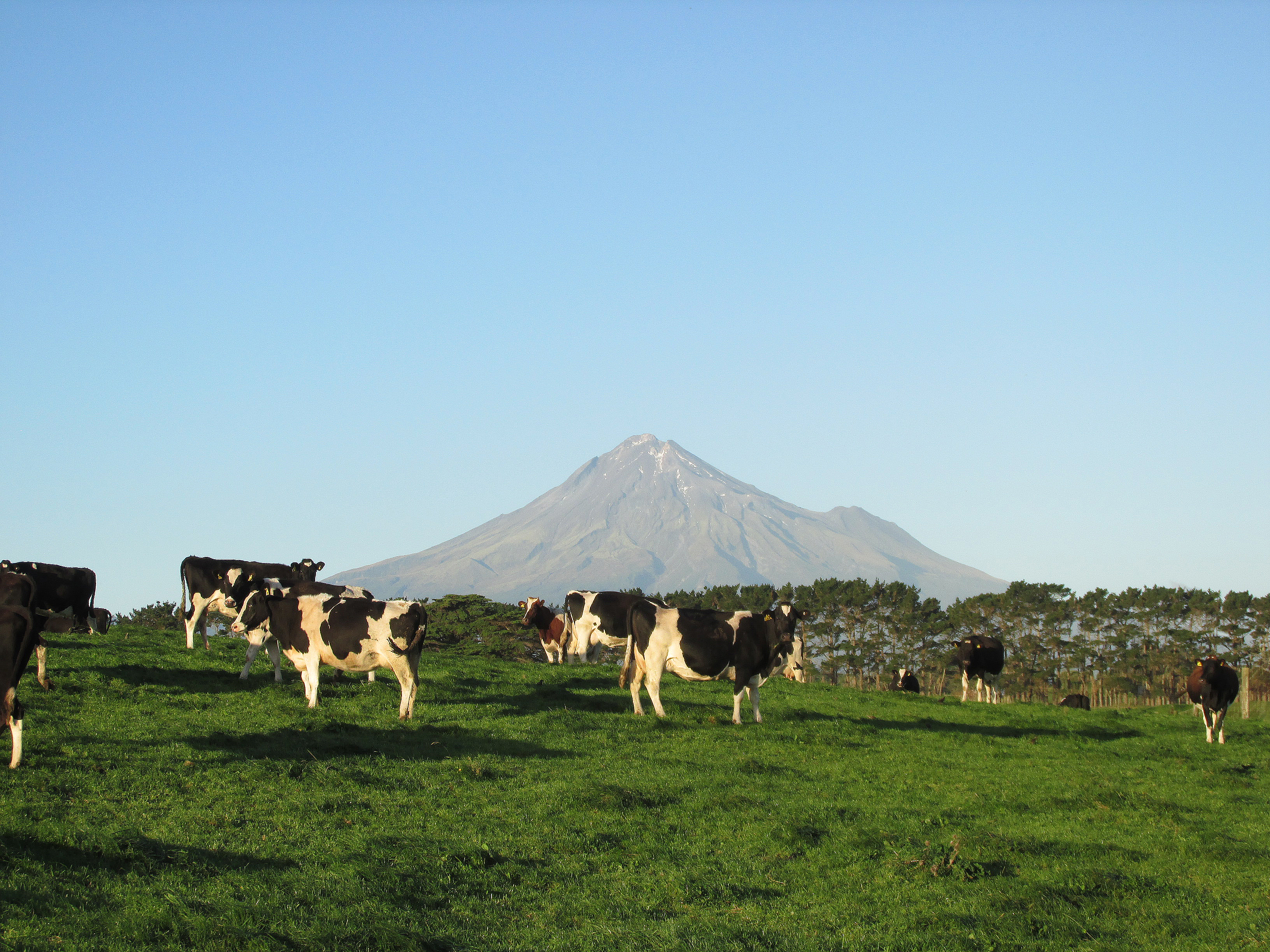Study examines costs of seeding clovers in bermudagrass pastures
November 1, 2012
More than 600 million acres of grassland, pasture, and rangeland are found in the contiguous United States, much of which are fertilized with nitrogen to improve forage production. But as fertilizer costs and concerns over surface runoff from pastures and hay lands have risen, there has been renewed interest in nitrogen-fixing crops as an alternative to commercial fertilizers.
In addition to the reduced environmental impact and cost savings, overseeding legumes into existing forages can enhance forage quality for cow-calf producers and distribute forage growth more evenly across the growing season. For producers to adopt region- and species-specific alternatives to traditional fertilizer regimes, however, information about the economic and environmental trade-offs must be readily available and regional legume species need to be examined.
 A three-year study conducted at the University of Arkansas Division of Agriculture’s Watershed Research and Education Center in Fayetteville, AR, examined the impact of sod-seeding bermudagrass pastures with white and crimson clovers. The objective of the study, which appears in the Nov.-Dec. issue of Agronomy Journal, was to estimate the lowest cost of establishment for each cultivar by varying seeding rate (standard or low), grazing strategy (grazed before planting or grazing after planting), and planting method (broadcast or no-till drill).
A three-year study conducted at the University of Arkansas Division of Agriculture’s Watershed Research and Education Center in Fayetteville, AR, examined the impact of sod-seeding bermudagrass pastures with white and crimson clovers. The objective of the study, which appears in the Nov.-Dec. issue of Agronomy Journal, was to estimate the lowest cost of establishment for each cultivar by varying seeding rate (standard or low), grazing strategy (grazed before planting or grazing after planting), and planting method (broadcast or no-till drill).
Seedling counts for each establishment method were conducted in the spring and fall of each year to determine seed survival and therefore the cost of establishment.
The results of the study showed that for both crimson and white clover a standard seeding rate led to a lower cost of establishment per plant due to a reduction in the probability of stand failure. The lowest cost planting method also differed by cultivar. The least costly option was broadcasting for crimson clover and using a no-till drill for white clover. Grazing before or after planting did not have a detectable impact on seed survival or cost of establishment.
The analysis also estimated the seeding rate thresholds at which higher rates of seed survival achieved with no-till drill planting (compared to broadcast seeding) were offset by increased equipment costs. These seeding rates were estimated to be 3.4 and 13.3 pounds per acre for white and crimson clover, respectively.
This study estimated the cost of establishing clovers in Arkansas pastures, which has the potential to reduce the environmental impacts of fertilizer application and improve forage nutritional content for livestock. Further research needs to quantify the fertilizer savings to producers and the economic benefits of forage yield and quality changes associated with clover in bermudagrass pastures.
